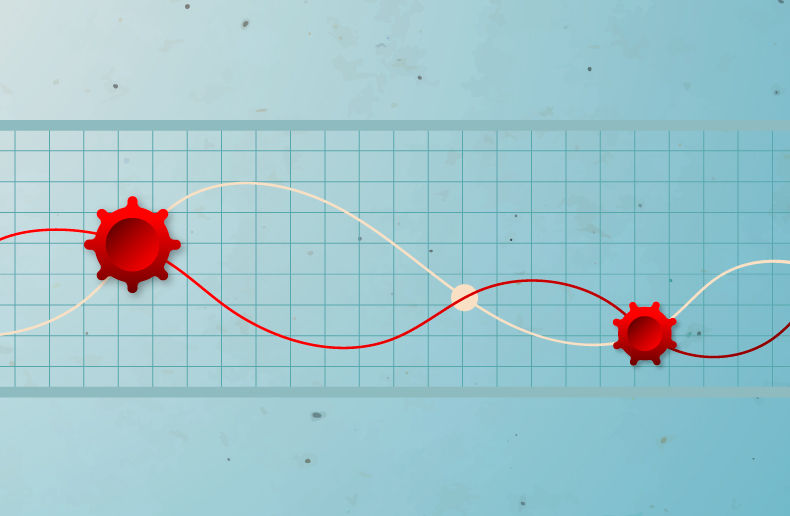The third quarter brought grim news, according to actuarial consulting firms. “While solvency funded positions have largely held up so far, the ultra-low level of interest rates and uncertainty in the equity markets have significantly lowered the expectations for future long-term asset returns in a typical DB pension plan’s portfolio,” Mercer Canada cautioned in its announcement of the results of its index of the financial health of pension plans.
Alarm bells
The median solvency ratio at the end of Q3 2019 was 98.6%, an Aon survey reported. It therefore fell by 0.7 percentage points from 99.3% in Q2 2019.
In Q3, bond yields dipped and asset returns stalled due to global economic uncertainty, the firm adds. “The solvency positions of Canadian defined benefit pension plans declined slightly in the third quarter,” Aon says.
The median solvency ratio of Mercer’s index was 94% at September 30. It fell short of the ratio of 95% posted at the end of the Q2, but topped the ratio of 93% in late 2018. “Most DB pension plans in Canada weathered the storm over the summer and some came out stronger, but there are worrisome signs on the horizon,” says F. Hubert Tremblay, Wealth Management Principal at Mercer Canada.
Aon paints the same picture. The actuary firm says that global solvency remains high but slumping returns and the murky economic picture should be considered “warning signs” for pension plan sponsors.
Plan costs climb 20%
These conditions will probably raise the cash and reporting costs for many plan sponsors in years to come, Mercer continues. “A DB pension plan with a typical asset mix could face an increase in its current service funding contributions by 15 per cent to 20 per cent based on recent decreases in the expected rates of return,” says the actuarial firm.
Yields on long-term bonds that sank to their lowest levels in over 60 years, coupled with a 74 basis-point drop in long-term government of Canada bond yields have created an ultra-low interest rate environment, Mercer says, which heightens the risks of a downturn.
Recession looming
“Inverted yield curves in North America, a strong indicator of a future recession, paint a clear picture: a storm is building, and plans of all sizes and all horizons must now consider their options for best weathering it,” Mercer adds.
The Aon study finds that plan sponsors are increasingly opting for non-traditional investments. The firm urges sponsors to consider every means of minimizing risk, including hedging strategies. Time might be running out, it says. “Declining solvency positions suggest this may be as good as it gets in the short term,” says Claude Lockhead, executive partner, retirement practice at Aon. Aon’s recent Pension Risk Survey showed that plan sponsors might not be pursuing de-risking strategies aggressively enough, Lockhead adds.













